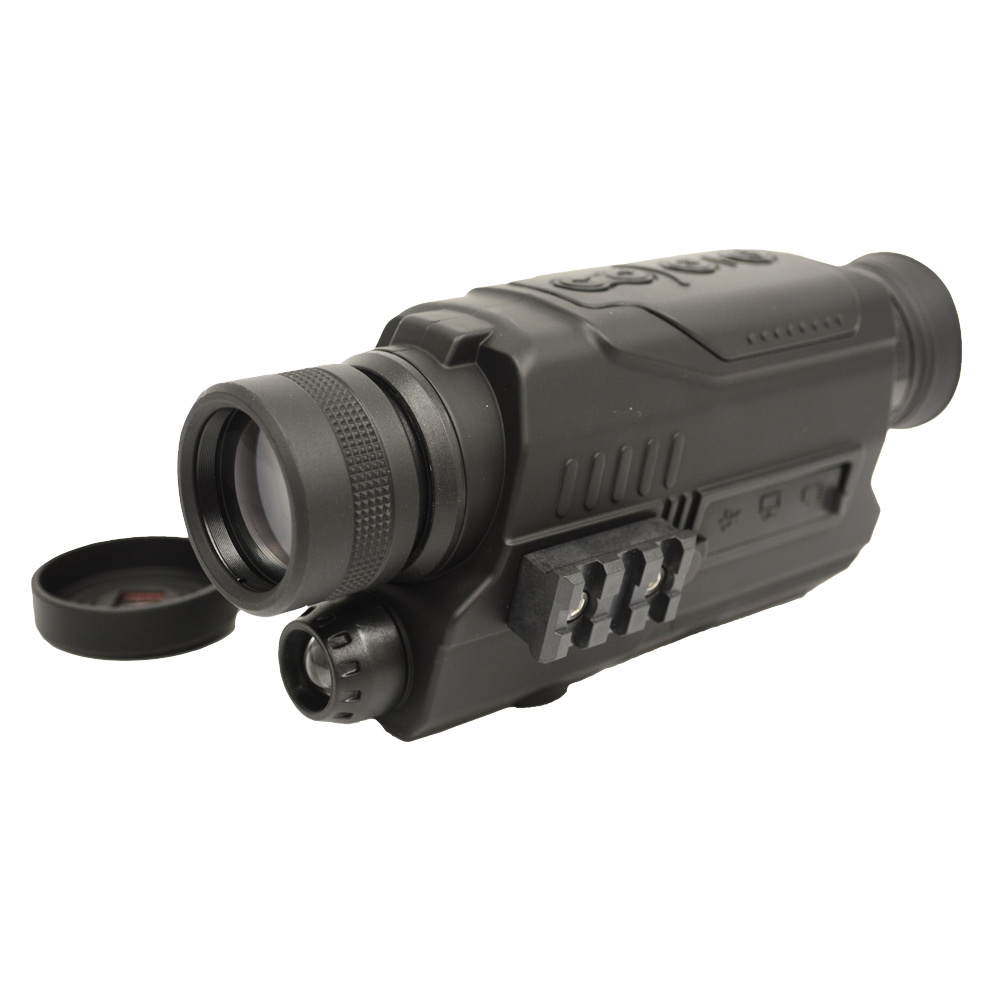
The night colour camera is now being tested at Toyota's developmental facility in Brussels. "The algorithms we devised imitate the eye's method for enhancing visual perception in dim light," says Henrik Malm, who directed the mathematical work. Together with mathematicians Henrik Malm and Magnus Oskarsson from Lund University and engineers from Toyota, Eric Warrant has now converted the remarkable night vision of insects into mathematical algorithms that serve as a basis for digital image creation in an entirely new type of night camera. For example, at any given moment a certain part of the retina may register the details of a flower while other parts of the same retina may simultaneously monitor the terrain for any movements in the darkness. When night falls, the light-sensitive cells start to cooperate in a way that renders the function of the retina flexible.

The light-sensitive cells in the retinas of these eyes have a capacity to exploit light even in situations where the light is weak. This rugged camera features high-definition resolution, high. Among other species, he has studied nocturnally active beetles, bees, and moths.īeetles, bees, and moths have compound eyes with multiple lenses that work together to create a single image in the animal's eye. Nocturn XL low-light digital camera, 100 fps, Camera Link, CMOS, 200-AS-1000 The Nocturn XL camera is powered by the Lynx CMOS imaging sensor, optimized for low light level imaging, designed for Night Vision, Homeland Security and Surveillance applications. For some 25 years, Eric Warrant has been interested in the function of eyes in various animal species, especially in terms of seeing in the dark.

"For instance, there's a lot to be learned from nocturnally active dung beetles that live in cow dung," says Eric Warrant.Įric Warrant and his colleagues at the Department of Biology, Lund University, are pursuing world-leading vision research. This is how Toyota came into contact with Professor Eric Warrant's research on nocturnally active insects. Bio-inspiration is about constructing technological solutions using nature as a model, that is, imitating solutions that nature has itself invented with the help of the laws of evolution. In that case, you need to move the camera a bit in the direction the buck is coming from when he approaches the camera in the evening and see if you can get more shots of him at night (or better yet a few in daylight).Mathematics researcher Henrik Malm from Lund University has directed the mathematical work.Ī few years ago, when the automaker Toyota wanted to find new ways to develop certain safety features in their car models, they started to investigate the field of bio-mimetics, or bio-inspiration, as it is also called. If you are only getting scattered photos and all at night, it is hard to draw conclusions. If you are getting regular photos, you know you are in or close to this area. As you say, the key is to have enough camera coverage to feel comfortable that you are in or close to the buck’s core area. So now I want to see daylight photos (or at least photos near daylight) before I hunt a buck. The ones we get the daylight photos of are the ones we end up encountering often from the stand. We have really seen this over and over during the past few years. So the question is: do you want to hunt bucks that you might be able to kill but the odds are against you or do you want to hunt bucks you are likely to encounter? I know very well, again from experience, which ones are more fun to hunt. I am comfortable drawing that conclusion. But if you are getting daylight photos the odds of an encounter while hunting are much, much higher, in my experience. “Just because you are only getting night time photos does not mean you can’t kill the buck.


Winke on the importance of daylight photos:


 0 kommentar(er)
0 kommentar(er)
